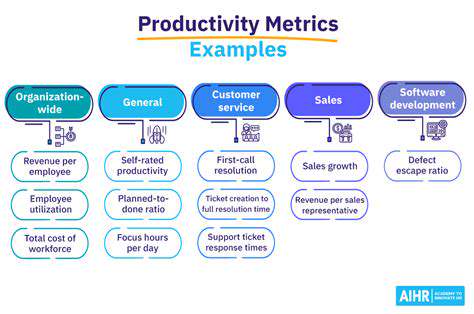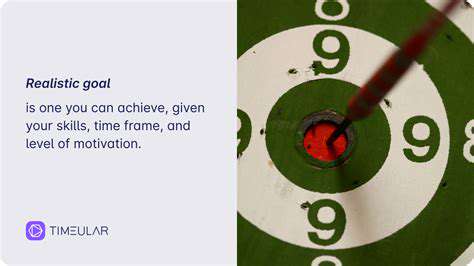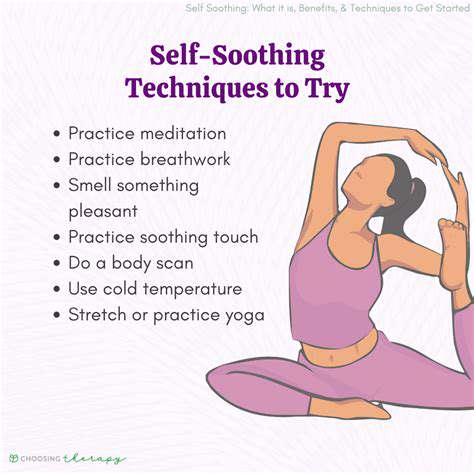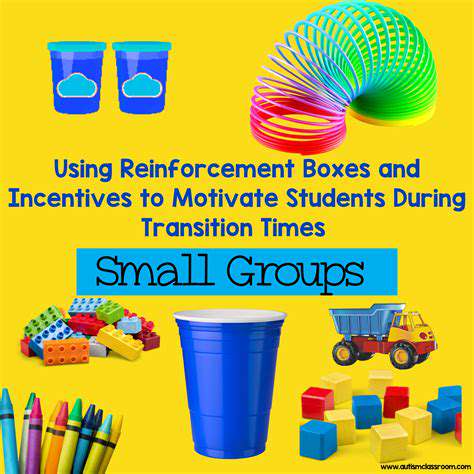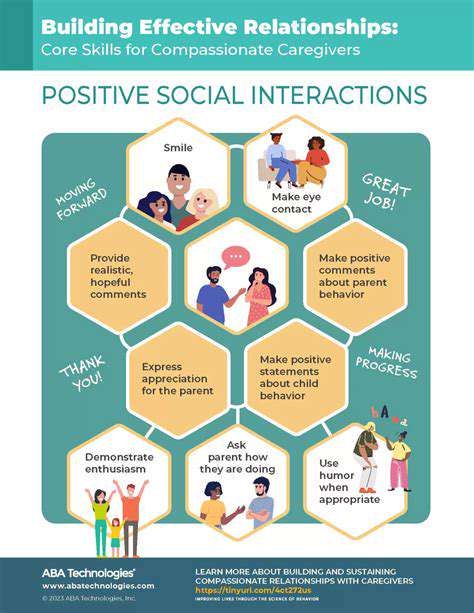Setting Realistic Expectations to Foster Balanced Growth
When we talk about defining realistic expectations, we're addressing one of the most fundamental aspects of personal growth. Many people stumble in their development journey because they either underestimate what's possible or set the bar unrealistically high. The sweet spot lies in understanding your current capabilities while leaving room for gradual improvement. This balanced perspective creates a framework where progress feels rewarding rather than frustrating.
Consider how marathon runners train. They don't attempt 26 miles on their first day; they build up mileage gradually. Similarly, personal development works best when we set milestones that challenge us without overwhelming us. This measured approach helps maintain motivation over the long haul, preventing the all-too-common cycle of excitement followed by burnout.
Understanding Your Resources and Constraints
Every goal exists within a context of available resources and inevitable limitations. Some people have more time but less money; others might have strong support networks but face physical constraints. The key is conducting an honest inventory of what you truly have to work with right now. This isn't about making excuses - it's about creating a strategy that works with your reality rather than against it.
I once worked with a client who wanted to launch a business while working full-time and raising young children. By mapping out her actual available hours (including sleep and family time), we created a phased approach that moved the needle without sacrificing her wellbeing. Two years later, her business was thriving precisely because we didn't try to force an unrealistic timeline.
Breaking Down Large Goals into Smaller Steps
There's something psychologically powerful about dividing big ambitions into bite-sized pieces. When we face a massive project, our brains often respond with overwhelm. But when we see it as a series of manageable tasks, suddenly it feels doable. This chunking technique transforms abstract goals into concrete actions you can take today.
Take writing a book, for example. The thought of producing 80,000 words paralyzes many aspiring authors. But 500 words per day? That's achievable. In five months, you'd have your first draft. The same principle applies whether you're learning a language, getting fit, or mastering a new skill. Small, consistent actions create remarkable results over time.
Considering External Factors and Potential Obstacles
Life has a way of throwing curveballs just when we think we've got everything planned. The economy shifts, relationships change, health issues arise. While we can't predict every challenge, we can build resilience by anticipating that obstacles will come. This isn't pessimism - it's practical preparation.
I recommend the if-then planning method. For each major goal, identify potential roadblocks and decide in advance how you'll respond. If funding falls through, then you'll explore alternative revenue streams. If an injury occurs, then you'll adjust your training regimen. This mental preparation makes setbacks feel like expected detours rather than devastating failures.
Measuring Progress and Adjusting Expectations
The most successful people I know treat their plans as living documents, not carved-in-stone commandments. They schedule regular check-ins to assess what's working and what needs tweaking. This iterative approach honors the reality that growth isn't linear and that course corrections are part of the process.
Consider implementing a monthly progress audit. Look at both quantitative measures (numbers achieved) and qualitative ones (how you felt during the process). Sometimes you'll need to push harder; other times you'll realize your initial timeline was unrealistic. Both insights are valuable. The goal isn't perfection - it's continuous forward movement.

Cultivating a Growth Mindset and Embracing Imperfection

Cultivating a Growth Mindset
The difference between people who thrive and those who stagnate often comes down to mindset. Those with a growth orientation understand that abilities develop through effort. They see not yet instead of can't, which fundamentally changes how they approach challenges. This perspective turns every experience into a learning opportunity.
I remember a piano teacher who transformed my relationship with mistakes. Instead of scolding wrong notes, she'd say, Interesting! Your fingers are telling us where we need to focus today. That reframing made practice feel like discovery rather than judgment. Now I apply that same principle to all areas of life - every stumble contains valuable information if we're willing to listen.
Embracing Challenges and Learning from Setbacks
Obstacles test our commitment but also strengthen our skills. When we lean into difficulties rather than avoiding them, we develop problem-solving muscles that serve us in all areas of life. The most transformative growth often happens just beyond our comfort zone's edge.
A powerful practice is conducting failure post-mortems. When something goes wrong, ask: What can I learn here? How might this actually help me in the long run? One entrepreneur told me her failed startup taught her more about leadership than any success could have. That knowledge became the foundation for her current thriving business. Setbacks only become failures when we fail to extract their lessons.
Feedback is another crucial growth tool. Seek out perspectives from people who will tell you the truth with care. The most valuable input often comes from those who've walked the path before you. Their insights can help you avoid common pitfalls and accelerate your progress. Remember: Every master was once a beginner who kept showing up.

